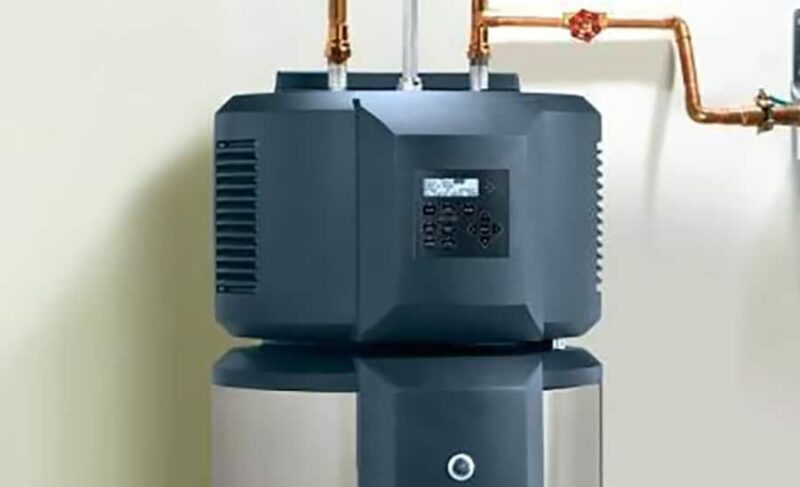
Summer, the season of warmth and sunshine, is also the perfect time for various pests to thrive. As temperatures rise, many insects and critters become more active, and their presence can lead to discomfort, health risks, and potential damage to homes and gardens. Recognizing and managing these summer pests is crucial for maintaining a healthy and comfortable living environment. Effective pest management strategies protect your home and garden and ensure peace of mind during the hotter months. This comprehensive guide will explore identifying common summer pests and provide practical control methods to manage these uninvited guests.
Common Summer Pests to Watch Out For
Regarding summer pests, some culprits are more prevalent than others. Mosquitoes, ants, wasps, flies, and ticks are among the usual suspects. Each pest has unique traits and behaviors that can pose varying degrees of risk to humans and animals.
Mosquitoes: These pesky insects thrive in warm, humid conditions and are notorious for their itchy bites. They’re more than just a nuisance; mosquitoes can transmit diseases such as Dengue fever and Ross River virus.
Ants: Often found marching in lines, ants can quickly invade indoor spaces for food. While not all ants are harmful, some species like the bull ant can deliver painful bites.
Wasps: Recognisable by their distinctive slender bodies and wings, wasps can be aggressive if provoked. Their stings can cause allergic reactions in some individuals.

Flies: More active in warmer months, flies can quickly contaminate food surfaces with bacteria, leading to potential health concerns.
Ticks: These tiny, blood-sucking arachnids can transmit diseases to both humans and pets. They are often found in grassy or wooded areas.
Each of these pests poses risks ranging from mild annoyance to more serious health threats. Recognizing these leading summer pests and their potential impact is essential for implementing effective control measures and protecting your home during the hotter months.
Identifying Summer Pests: Key Signs and Symptoms
Identifying the signs of pest infestations is the first step in effective pest control. Understanding where and how these pests operate can significantly aid in timely identification.
Visual Indicators: Look for nests, trails, or colonies that indicate pest presence. Ant trails or wasp nests are clear visual indicators.
Habitat Preferences: Mosquitoes are often found near standing water sources, while ants are attracted to food. Wasps prefer sheltered spots to build nests. Ticks favor dense vegetation.
Sounds and Smells: Some pests produce distinctive sounds or smells. For instance, a buzzing sound might indicate the presence of flies or wasps nearby.
Using Tools and Resources: Various tools, such as pheromone traps and digital apps, help identify pests accurately. Consulting online forums or fact sheets from local agricultural agencies can also provide identification assistance.
Effective Natural and DIY Pest Control Methods
Natural and DIY pest control methods can be effective for those looking to avoid chemical-based solutions.
Organic and Natural Deterrents: Essential oils like tea tree, eucalyptus, and peppermint can repel many pests. Vinegar and lemon juice also serve as effective deterrents.
DIY Solutions: Making a homemade insect repellent by mixing essential oils with water can be a safe option. Similarly, a concoction of soap and water can add to the garden’s small infestations of ants.
Household Items as Repellents: Items such as coffee grounds, cucumber peels, and garlic are known to deter specific pests naturally.

Pros and Cons: While homemade solutions are environmentally friendly and safe, they sometimes have a different level of effectiveness or longevity than their commercial counterparts. It’s important to weigh the benefits and limitations of these methods before usage.
Professional Pest Control Solutions: When to Seek Help
Sometimes, pest infestations require expert intervention. Understanding when to call in professionals can be crucial in addressing severe issues.
Criteria for Hiring Professionals: If there’s an overwhelming presence of pests or if they pose potential health risks, it might be time to seek professional help. For residents dealing with persistent infestations, pest control Boynton Beach services offer targeted solutions tailored to the South Florida climate.
Types of Treatments: Professionals offer various treatments, such as fumigation, baiting, and spraying, each designed to target different pests.
Understanding Contracts: Before engaging a service, review the contracts to know what’s included, such as follow-up visits or guarantees.
Regular Inspections: Scheduled professional inspections can prevent future infestations and maintain a pest-free environment.
Preventive Measures to Keep Summer Pests at Bay
Prevention is better than cure, especially when it comes to pest management. Implementing preventive measures can minimize the risk of future infestations.
Clean and Clutter-Free Home: Regular cleaning and reducing clutter can make indoor spaces less inviting to pests. Securing food in airtight containers and disposing of rubbish promptly can also deter pests.
Sealing Entry Points: Inspecting and sealing gaps or cracks in walls, doors, and windows can prevent pests from entering your home.
Outdoor Protection: Keep gardens tidy by trimming bushes and removing debris where pests might hide. Use mulch carefully as some types can attract ants and termites.
Landscaping and Garden Management: Strategic plant choices, such as those naturally repellent to pests, can serve as an additional layer of protection.
The arrival of summer doesn’t have to be synonymous with a plague of pests. Through careful identification and mindful control strategies, it’s possible to enjoy a pest-free home and garden all summer long. Taking immediate action and using a long-term strategy provides the best defense against these common intruders. Remember, if in doubt, professional advice is always available to help tackle the more stubborn infestations. Stay prepared, stay vigilant, and make this summer as pleasant as possible by keeping those pesky critters at bay.



